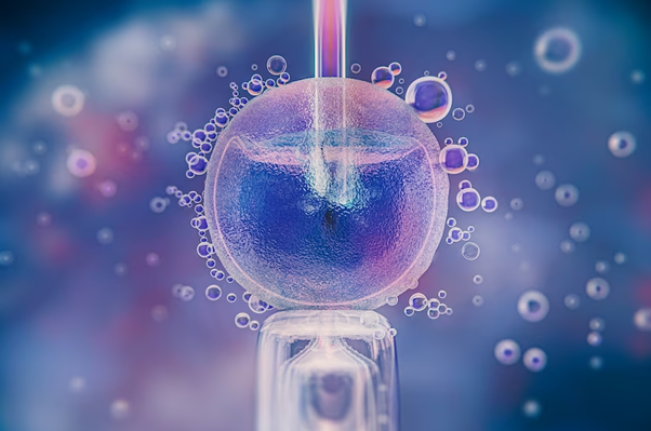In the quest for parenthood, assisted reproductive technologies illuminate a path of possibilities. Ovulation induction, a technique garnering attention, aims to amplify the prospects of conception. This article delves into the intricacies of ovulation induction, exploring its process, advantages, and key considerations.
Understanding Ovulation Induction
Ovulation induction is a specialized fertility treatment engineered to incite the ovaries into producing and releasing eggs. Its significance shines for women grappling with irregular menstrual cycles or ovulatory challenges. Delicately calibrated medications work in tandem to optimize egg release, heightening the likelihood of successful fertilization.
The Pathway
Embarking on the ovulation induction journey initiates with a meticulous evaluation by a fertility specialist. A bespoke plan emerges, factoring in variables such as medical history, age, and individual conditions. Common medications like Clomiphene citrate or Gonadotropins are prescribed to invigorate follicle growth and amplify ovulation.
Central to the process is vigilant monitoring. Healthcare professionals deploy regular ultrasounds and hormonal assessments to track the evolution of ovarian follicles. As these follicles mature, an injection of Human Chorionic Gonadotropin (hCG) is administered, catalyzing the pivotal moment of ovulation.
Benefits Encompassed
Ovulation induction wields an array of compelling benefits for couples ensnared by fertility dilemmas. Precision ranks supreme as the method ensures eggs are released during the opportune window for conception. This precision diminishes the timeframe for successful fertilization, enhancing the interaction between sperm and a mature egg.
Moreover, this method finds its forte in women with erratic ovulation patterns. By engineering a regulated and augmented ovulation process, a core barrier to conception is dismantled, rendering ovulation induction an invaluable tool in the realm of fertility solutions.
Navigating Success Rates and Considerations
Ovulation induction success rates are subject to individual dynamics. Age, underlying health conditions, and the tailored treatment approach collectively influence outcomes, culminating in a range spanning 20% to 60% success per cycle. Engaging a fertility specialist opens a window into personalized success projections, marrying circumstances with probabilities.
However, it’s crucial to acknowledge that while ovulation induction sparkles as a beacon of hope, it might not be universally fit. Individuals harboring specific medical conditions or those who have ventured through alternative fertility treatments may warrant divergent strategies. Seeking counsel from an astute medical professional steers the course toward the optimal route.
Embarking on Empowerment
Ovulation induction emerges as a harbinger of optimism for couples nurturing the desire for parenthood. Its ability to choreograph ovulation, amplify conception prospects, and provide bespoke support aligning with individual needs cements its stance as a pivotal option within the sphere of assisted reproductive technologies. As the horizons of science continually expand, ovulation induction unfurls fresh avenues, affording couples the key to parental fulfillment and the realization of their cherished aspirations.
SEO Keywords
- Ovulation induction
- Fertility treatment
- Conception prospects
- Assisted reproductive technologies
- Irregular menstrual cycles
- Ovulatory challenges
- Medications for ovulation induction
- Follicle growth
- Human Chorionic Gonadotropin (hCG)
- Ovulation timing
- Success rates of ovulation induction
- Individual fertility dynamics

